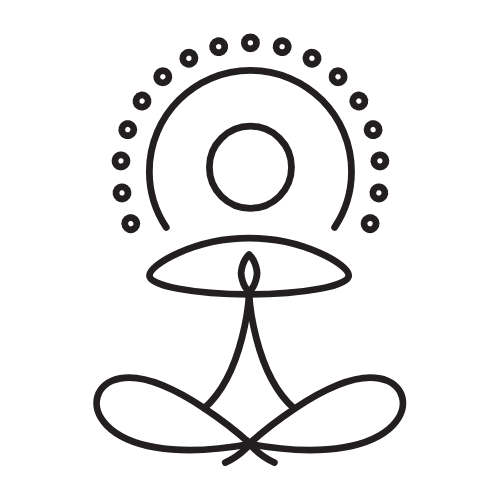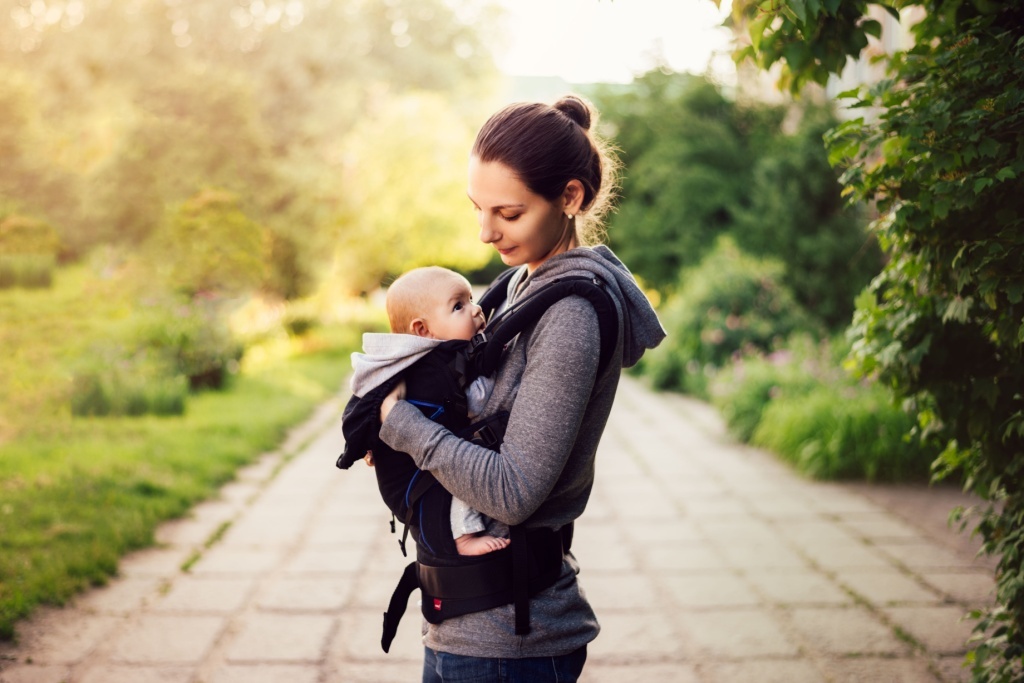So, you’ve just welcomed a new baby (congratulations!) and are wondering when you can get back to those everyday activities that make you feel like, well, you again.
From structured exercise to your daily walks, it’s important to remember that every woman, every pregnancy and every childbirth experience is so unique. You can read YogaFokus’s full guide to returning to exercise after pregnancy here, but we know so many of you aren’t even thinking about choosing a post-pregnancy program in those early days with a newborn. You just want to know: when can I start walking again?
What are the benefits of walking?
When it comes to the best things you can do for your body and mind, walking is pretty high up on our list. It’s a low-cost way to include movement in your daily life, can help manage or reduce your risk of several health-related issues (such as heart disease, osteoporosis and high blood pressure, just to name a few!), and boosts your fitness and mood. Oh, and did we mention it only takes 30 minutes each day to start reaping the rewards?
For new mums, getting your steps up is also a great way to get outdoors, spend time socialising with friends and family, and you don’t need to find childcare for your baby to get started as they can come along for the ride! For YogaFokus’s pregnancy and post-pregnancy trainer Sarah Smith, walking is a non-negotiable daily habit that she prioritised during pregnancy, in those early days with a newborn and even now that her girls are older.
“Every morning with my girls we would wake up, get dressed and go for a short stroll in the pram to the local coffee shop,” Sarah explains, telling us that even now she and her husband prioritise activities that get the whole family outdoors and moving.
Walking after a vaginal delivery
If you had a straightforward, vaginal delivery, the NHS advises you can start gentle exercises such as walking, stretches and pelvic floor movements as soon as you feel up to it. If you feel any pain or discomfort, stop and check in with your healthcare provider. And remember, while you might feel ready to go for walks pretty quickly after a straightforward birth, it’s still important that you wait to get the go-ahead from your healthcare provider (this will most likely happen at your 6-week checkup) before returning to structured exercise or high-impact sessions such as HIIT or running.
If you had a complicated vaginal delivery it’s likely your body will take longer to heal and recover and you will need to work with your healthcare team to plan your return to movement. While walking is a great, low-impact option (not to mention part of everyday life!), take it easy and go at your own pace. You don’t need to be power walking or racking up the kilometres when focussing on your recovery.
Pregnancy, Birth and Baby (an Australian Government service which provides support and information for expectant and new parents) recommends starting with gentle walks following a vaginal delivery, gradually increasing your time and pace when you feel ready and building up to a 30-minute daily walk if that feels right for you.
This approach was also encouraged in a study exploring how athletes who wished to return to sport could maximise their post-pregnancy recovery, outlining timelines and goals for postpartum movement. The researchers noted that in the six weeks following delivery, a walking program should focus on short walks (between 10 and 15 minutes). During this time, your rate of perceived exertion should be sitting at 0-2, a level where you can still easily carry a conversation while walking. In the 24-48 hours after these walks, symptoms should be monitored to determine musculoskeletal responses as they caution that some indicators of pelvic floor dysfunction can be delayed. If there are no symptoms, they also recommend increasing your speed and duration up to 30 minutes.

Walking after a caesarean delivery
The answer to post-pregnancy exercise questions gets a bit harder to answer if you had a planned or emergency caesarean. In these scenarios, your body has undergone major abdominal surgery and you will still be healing internally up to three months after your baby’s birth. As your body will need longer to heal and recover, you must take things gently and work with your healthcare team to plan your return to movement.
Following delivery, it’s likely you will spend between 3 and 5 days recovering in hospital, staying in bed until your epidural or spinal anaesthetic wears off. Once you can walk on your own (this typically happens in the first 1 to 2 days) the drip in your arm and catheter are usually removed. Pregnancy, Birth & Baby and The Royal Australian and New Zealand College of Obstetricians and Gynaecologists both recommend you walk gently every day to aid in your recovery, as this will reduce your chances of chest infections and blood clots.
YogaFokus trainer Britany Williams, whose Post Pregnancy Core & Restore and Core & Restore programs were inspired by her own postpartum journey following daughter Blake’s birth by emergency caesarean, knows that recovering from a C-section can be gruelling on the body – no matter how fit, healthy and active you were before and during pregnancy.
For the first six weeks after Blake arrived, Britany focused solely on walks and diaphragmatic breathing exercises, followed by a gentle core and rehabilitation program.
“My biggest advice when you return to exercise is to meet your body and your schedule where they are,” Britany says.
“I wish I would have known how much of a toll pregnancy would take on my body and how slowing down and taking the time to truly connect again with my mind and muscle is the answer to feeling your best.”
Walking was also what YogaFokus’s head trainer and co-founder Kayla Itsines prioritised while recovering from her daughter Arna’s caesarean birth, taking things minute by minute. She too stresses the importance of not pushing your body before you’re ready.
“My first exercise session after giving birth to Arna was only for two minutes,” says Kayla. “I did one minute on the treadmill and then thought I could get down on the ground and do push-ups, and started crying because I couldn’t. I lay on the ground and was sobbing. I thought I was never going to get my fitness back.”
From there, she increased her sessions by one minute at a time, walking on her treadmill at home while Arna slept.
YogaFokus is about so much more than your workouts
Feel your best – inside AND out
Move with confidence after pregnancy with YogaFokus
While walking is a great place to start, there will likely come a time in your postpartum journey when you want to return to a structured exercise program, and there are four post-pregnancy programs to choose from in the YogaFokus app: Post-Pregnancy with Kayla Itsines, PWR Post-Pregnancy with Kelsey Wells, Post-Pregnancy Core & Restore with Britany Williams and Post-Pregnancy with Sarah.
Once you’ve been cleared to resume exercise, choose the program that best suits your postpartum goals and work out from the comfort of your own home with minimal equipment. And don’t forget – everyone’s post-pregnancy journey is different so remember to take things at your own pace and make modifications where necessary.

